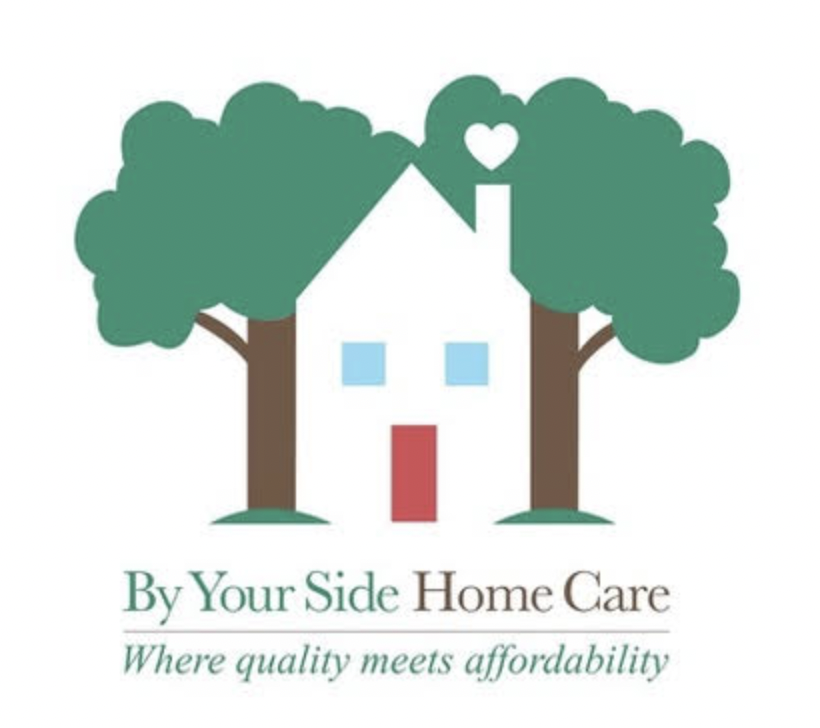Identifying Fall Risks in the Homes of Seniors: A Comprehensive Guide
As we age, it becomes increasingly important to ensure the safety and well-being of seniors, particularly within their own homes. Falls are a significant concern among the elderly population and can lead to serious injuries, reduced independence, and a decline in overall quality of life. However, by identifying and addressing potential fall risks in the home, we can create a safer living environment for seniors. In this blog post, we will explore various areas of the home where fall risks commonly exist and provide practical tips for mitigating these risks.
1.Lighting and Visibility:
Poor lighting and limited visibility can significantly increase the likelihood of falls. Take the following steps to improve lighting in the home:
Ensure that each room has adequate lighting, including stairways, hallways, and entrances.
Install nightlights in bedrooms, bathrooms, and hallways to assist with navigation during nighttime.
Use curtains or blinds to control natural light, reducing glare and shadows that may obscure visibility.
Regularly replace burnt-out light bulbs to maintain consistent brightness throughout the home.
Flooring and Carpets:
The choice of flooring and the condition of carpets play a crucial role in preventing falls. Consider the following recommendations:
Remove loose rugs or secure them firmly to the floor using double-sided tape or non-slip pads.
Opt for non-slip flooring materials, such as hardwood, linoleum, or low-pile carpeting.
Ensure that flooring surfaces are even and free from tripping hazards like thresholds or uneven transitions between rooms.
Stairs and Steps:
Stairways are particularly hazardous areas for seniors. Implement these measures to enhance stair safety:
Install handrails on both sides of the staircase, ensuring they are securely mounted.
Ensure that steps are well-maintained, free from clutter, and clearly visible.
Consider adding contrasting colors to the edge of each step to improve depth perception.
Place non-slip treads or grip tape on the surface of each step to provide better traction.
Bathroom Safety:
The bathroom is a common location for falls due to wet and slippery surfaces. Follow these precautions to reduce risks:
Install grab bars near the toilet, bathtub, and shower to assist with stability and balance.
Use non-slip mats or adhesive strips in the bathtub and shower areas.
Ensure that the bathroom floor remains dry by using absorbent bathmats and promptly cleaning up any spills.
Consider installing a raised toilet seat or handrails for easier access.
Furniture and Home Layout:
The arrangement of furniture and the overall layout of the home can impact mobility and increase fall risks. Keep the following in mind:
Arrange furniture to create clear pathways, allowing for easy movement and reducing obstacles.
Secure loose cords and cables against walls or use cord organizers to prevent tripping hazards.
Avoid clutter by keeping floors and surfaces clear of unnecessary items.
Consider removing or rearranging furniture that impedes safe movement within the home.
Identifying and addressing fall risks in the homes of seniors is crucial for maintaining their safety and well-being. By focusing on areas such as lighting, flooring, stairs, bathrooms, and home layout, we can significantly reduce the likelihood of falls. Remember, regular home assessments and modifications are essential to adapt to the changing needs of seniors. By creating a safe and accessible living environment, we can help seniors maintain their independence and enjoy a higher quality of life. contact us to discuss ways By Your Side Home Care can be a resource for your loved one.

